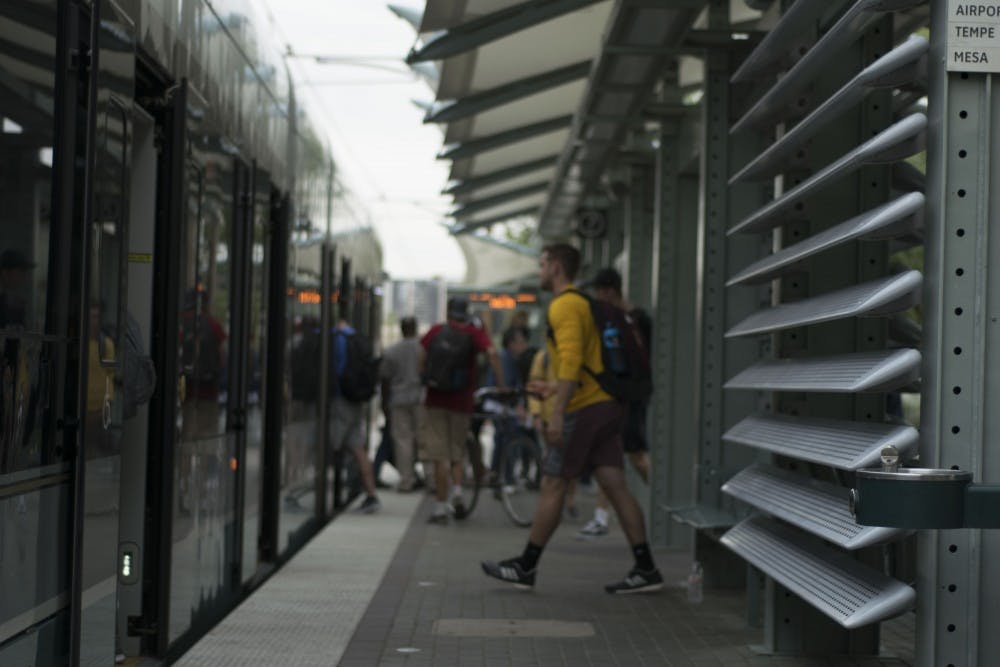New research from ASU's School of Human Evolution and Social Change suggests that ancient cities develop at a similar rate to their modern counterparts — but make no mistake, this research isn’t just about cities, it’s about society.
Scott Ortman, a former ASU doctoral student now teaching at the University of Colorado, Boulder is part of the team of archeologists leading the study that is trying to answer one crucial question: How has social networking impacted societal growth?
“This work is not about cities and I don’t even think it’s about settlements per se,” Ortman said. “What I think it’s about is human networks and how their properties change as they grow in size. Although this work is an outgrowth of something called urban scaling, it’s not about cities.”
While the group’s research doesn’t prove cities are the same as they were in early civilizations, it does depict multiple similarities between their development.
The bigger a city is, the more benefits citizens will see. Ortman said that because the population increases, the economy can diversify. Having more people leads to a higher division of labor, leading to a large variety of niche products.
Lead author Rudy Cesaretti, a graduate student pursuing a doctorate in anthropology, said the basis of their research was urban scaling, a measurement based around social networking.
“Urban scaling, if you think of it as a network of people within cities — it’s been shown that people are densely connected,” he said. “You know a lot of people, and your friends know a lot of people. One person is often very close to another person, and so if there’s a short path distance between people, that means you’re always close, in terms of your social network with somebody else.”
These social networks are a major factor in the growth of the urban economy. Cesaretti said that through the networks, commerce, specialization and trade were made possible.
Perhaps the most surprising aspect of the team’s research is despite modern and advanced technology in contemporary cities, ancient cities, such as the medieval English cities highlighted in the paper, develop social networks at a similar rate to their modern counterparts.
New Views of the Ancient City of Teotihuacan from ASU Now on Vimeo.
“I was surprised to see that modern cities exhibit the same scaling properties as these past cities,” he said. “But then I started looking at the data, and I started to reconsider it. We know that cities in the 1950s did the same thing. They had cars and telephones, but they didn’t have the internet. And then there’s data from the 1890s with the same thing, minus the cars and so on.”
Cesaretti said that while online social networking sites like Facebook are exclusive to the 21st century, analogous institutions could be found in past societies. For example, before there was the internet, social networks were expanded through personal interactions in dense city centers, he said.
Archeology professor Michael Smith, a member of the research team, said the research gives insight to current society.
“One of the implications is that there are basic patterns in the way people use cities and the way they look at them and live in them,” Smith said. “There are a lot of similarities. So in that sense, contemporary cities aren’t unique or so completely different than cities in the past. We found it a little surprising that we got similar results for medieval and modern cities.”
Smith said that while their research highlights similarities between old and modern societies, it’s important to understand that in some aspects, cities still change over time.
“There are similarities and differences,” Smith said. “Cities now are bigger than cities in the past. There are more people. We have more ways of interacting virtually through various communication. Like I said, there are differences.”
Reach the reporter at Emmillma@asu.edu or follow @Millmania1 on Twitter.
Like The State Press on Facebook and follow @statepress on Twitter.




